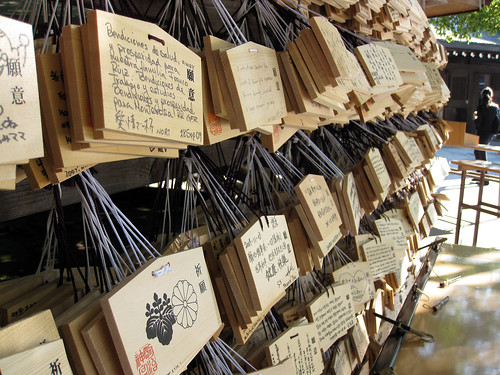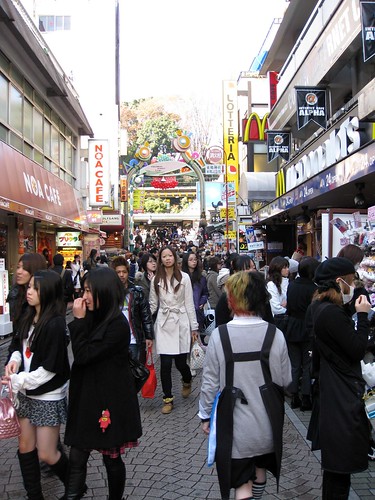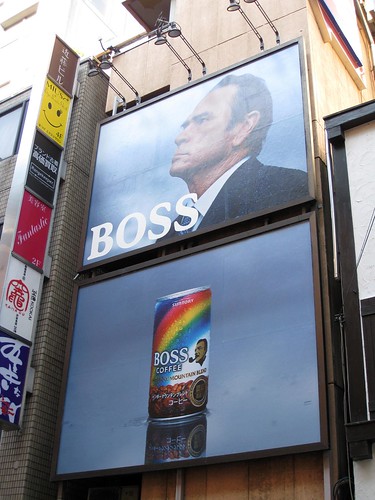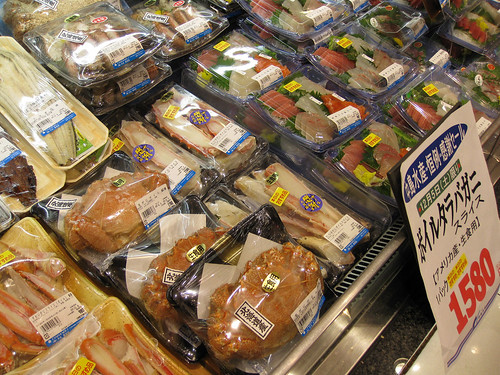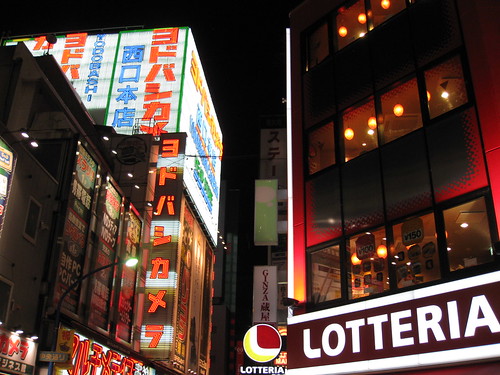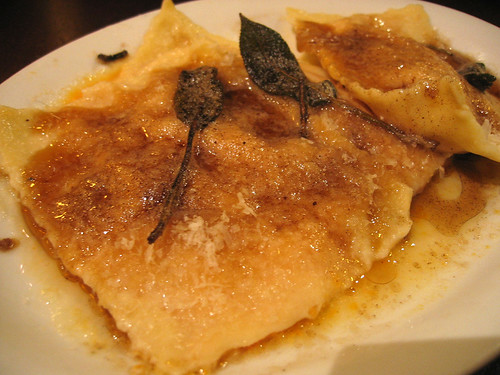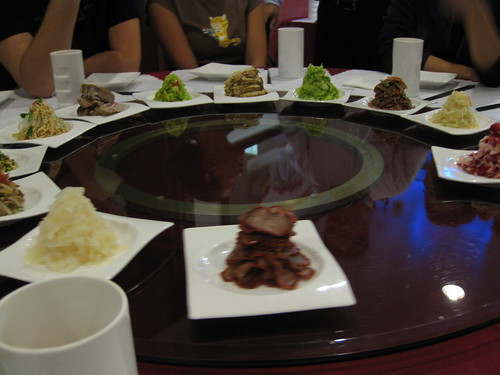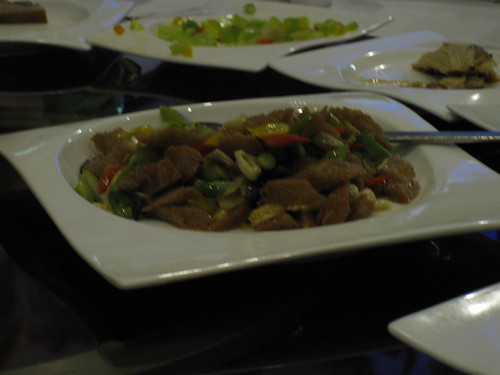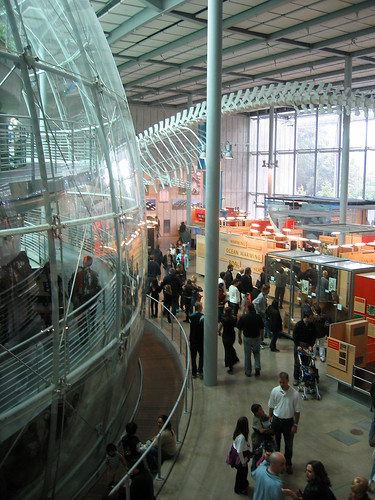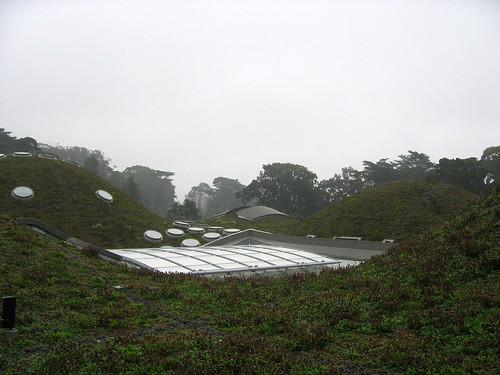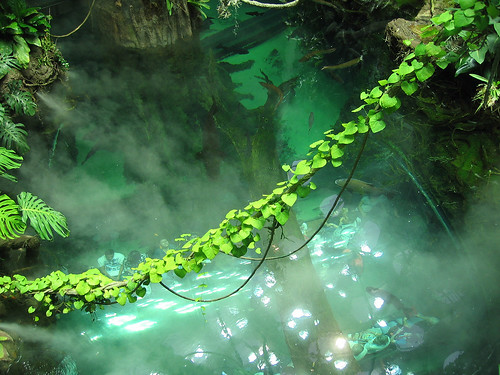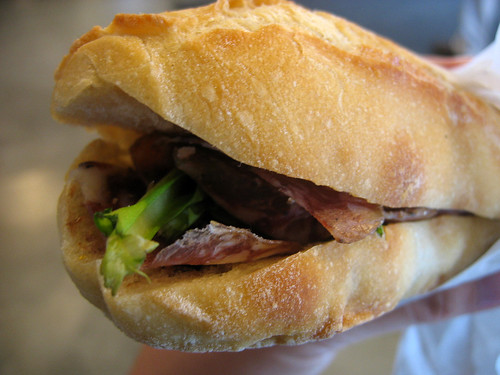I’m warning you now: this is going to be an epically long post. It hasn’t even been a month since I’ve returned from Japan but I’m already missing it. I spent a week between Tokyo and Kyoto with my sister Melody in December and only wish that I had a few extra weeks to spare. The food, the style, the ridiculously efficient transportation system – I loved it all.
We arrived at Narita International Airport on a Friday evening and after getting our bearings straight, hopped on the Narita Express train, which took us to Shinjuku Station in Tokyo in under two hours. In Shinjuku, we checked into Hotel Sunroute Plaza Shinjuku, which would be our home for the next three nights. I loved this hotel. Sure, the rooms are tiny, (what do you expect, it’s Tokyo!) but the service was impeccable and the details were perfect, right down to the freshly-starched pajamas and the high-tech toilets (more on Japanese toilets later). After getting settled in, we had a light dinner of onigiri and seaweed salad and called it a night.
The next morning, we had breakfast at Blegrace, one of Tokyo’s ubiquitous French-style bakeries. Melody had the green bean bread, while I had a hot dog bun covered with cheese and seaweed.
It doesn’t look very French, I know. And it’s not very breakfasty. But who cares, it was delicious.
Afterwards, we took the train to Harajuku to explore Meiji Jingu, a Shinto shrine dedicated to the spirits of Emperor Meiji and his wife, Empress Shoken. Built in 1920, the shrine is expansive and made up primarily of Japanese cypress and copper. The original building was destroyed during the Tokyo air raids of World War II and was rebuilt in the 1950s.
We left the quiet sanctuary of Meiji Jingu and next explored the neighborhood streets, people-watched and checked out the craziness that is Harajuku.
We soon got back on the train and took the Yamanote line to Shibuya, where we found Hachiko!
What’s the story behind Hachiko? Read this. (Be forewarned, it’s a tear-jerker.)
We crossed the infamous Shibuya Crossing and took in the music-blaring, super-busy, advertisement-heavy neighborhood. Shibuya is full of huge advertisements, often featuring American celebrities, like this one:
Why yes, that is Tommy Lee Jones for Suntory “Boss” Coffee.
After Shibuya, we got on the metro and took the subway to Ginza Station. Do you like shopping? Do you like fashion? Go to Ginza then, it will blow you away. Chock-full of department stores and boutiques that put their American counterparts to shame, Ginza was like walking into an alternate universe: droves and droves of perfectly-dressed people taking a weekend stroll. And I mean perfectly dressed. Ginza is, after all, arguably the most luxurious shopping district in the world.
But enough about the clothes, let’s talk about the food! American department stores, please take note: Japanese department stores have food courts. And I’m not talking about some paltry excuse for a sandwich shop or McDonald’s. Japanese department stores typically have one or two of the basement floors dedicated entirely to gourmet food, from bento, to sushi, to pickles, to pastries, to tea, and the list goes on. I felt like I was in heaven wandering the food halls of Matsuya, Daimaru, Takashimaya and Mitsukoshi.
After a quick snack of gyoza at Mitsukoshi’s food court, and a walk around Ginza, we headed back to Shinjuku for dinner.
In Shinjuku, we had dinner at Santouku, a busy ramen joint just a few blocks from our hotel. I opted for the shoyu ramen.
The ramen broth was super rich and the noodles had a fresh, firm texture to them that I’ve never had in California. Dinner was hearty, and Melody and I decided to walk it off by exploring the side streets of Shinjuku.
We covered a lot of ground for our first day in Japan (and a jet lagged one at that). Exhausted, we headed back to our hotel for a good night’s rest so that we could be ready for an early start the next morning.




